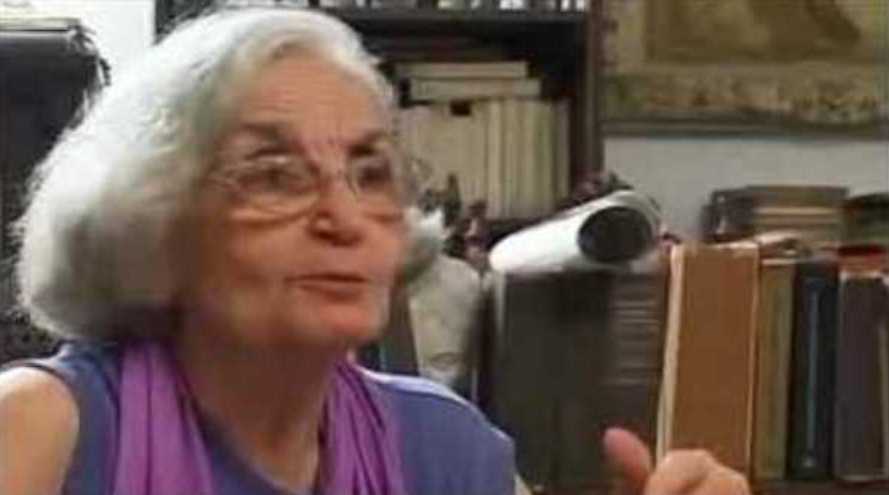4.1.2.10.7 The essay work of Fina García Marruz (1923 – )

Fina García Marruz’s essay work delved into the core of poetry as abstraction and also into the work of many creators of her time, such as Octavio Smith, Arístides Fernández, the Argentine writer Silvina Ocampo, and others who, although they may not have occupied a prominent place in the national tradition, contributed to shaping the lyrical and editorial panorama of the time.
Regarding her text on Silvina Ocampo, entitled “Note on “Metric Spaces” Silvina Ocampo. “Sur” Editions.., Fina not only refers to the author’s then recent book and her poetics, but also expresses considerations regarding poetry as the body of the text and not a mere intellectual abstraction:
“Only metaphorically can we say that poetry is the ineffable. Poetry is always what is spoken, what has been able to be said of the unspeakable. But poetry comes into being where criticism can only point out qualities, hence we can speak of how poetic a book is, of the extent to which it is, but we cannot substitute its reading by talking about poetry itself.”
Her essays also tend to express Fina’s own poetics, the aesthetic and philosophical criteria that form the foundation of her works; although she has always insisted on the non-deliberate nature of her work and the fundamental weight of the vital element behind the words, overcoming the empty rhetoric of devoid of substance.
His essay “The Exterior in Poetry,” published in Orígenes in 1947, contains some of the keys to his thinking on this subject, to which he has devoted his life. Beyond the poetic, he delves into the philosophical realm by addressing the exterior as a surrounding reality, to which the poet is connected in a way that is neither the alienation of classicism nor the romantic interiorization, poles of objectivity and subjectivity, but rather a religious sense, a sense of re-connecting, as the etymology of the term “religion” suggests.
In this essay, he states as essence: “the very center of all poetic search: to discover the liturgy of the real, reality but at its most visible extreme, which is also that of its eternal escape.”
Here we see that Fina’s poetry is not precisely linked to an aesthetic purpose, unless what is understood as beautiful is that which is true and this is manifested in its connection with the surrounding, a reality that for her is multidimensional, not reducible to the concept of the social and in this sense she did not cultivate this aspect of poetry, although she did not remain on the sidelines either, exercising her particular perspective of the links between poetry and reality.








